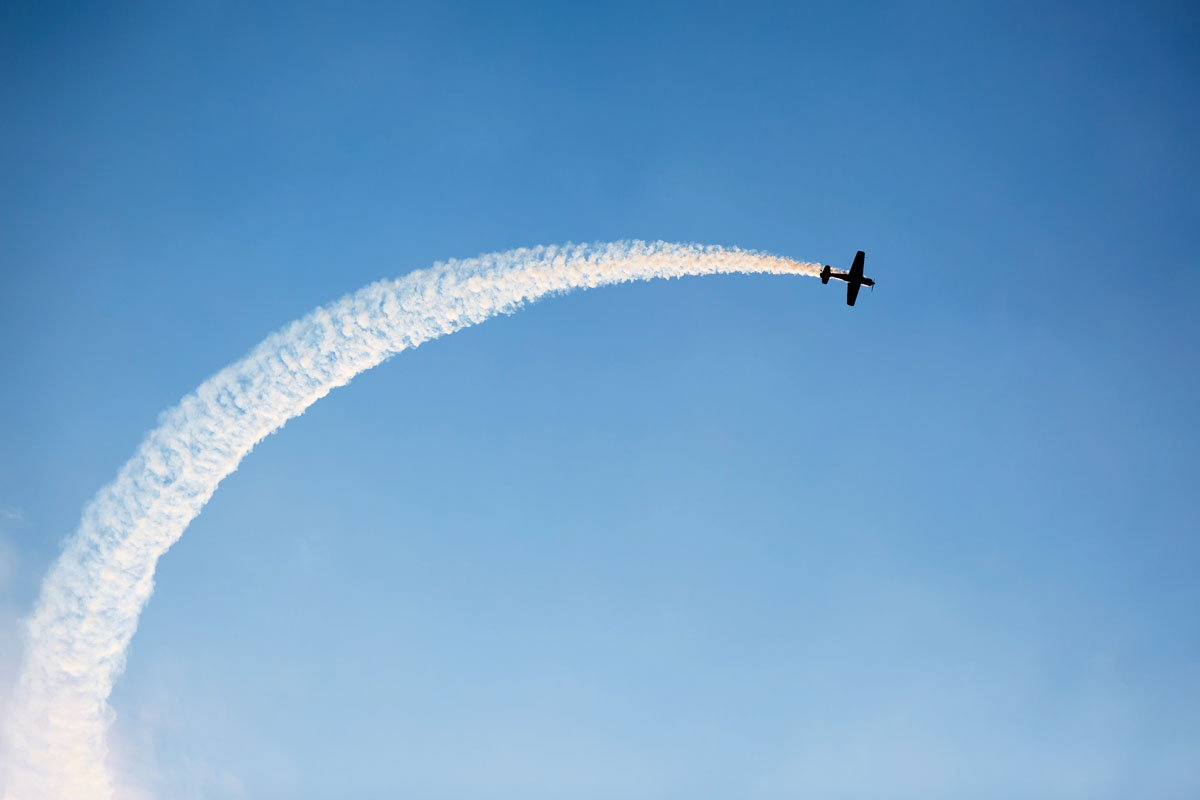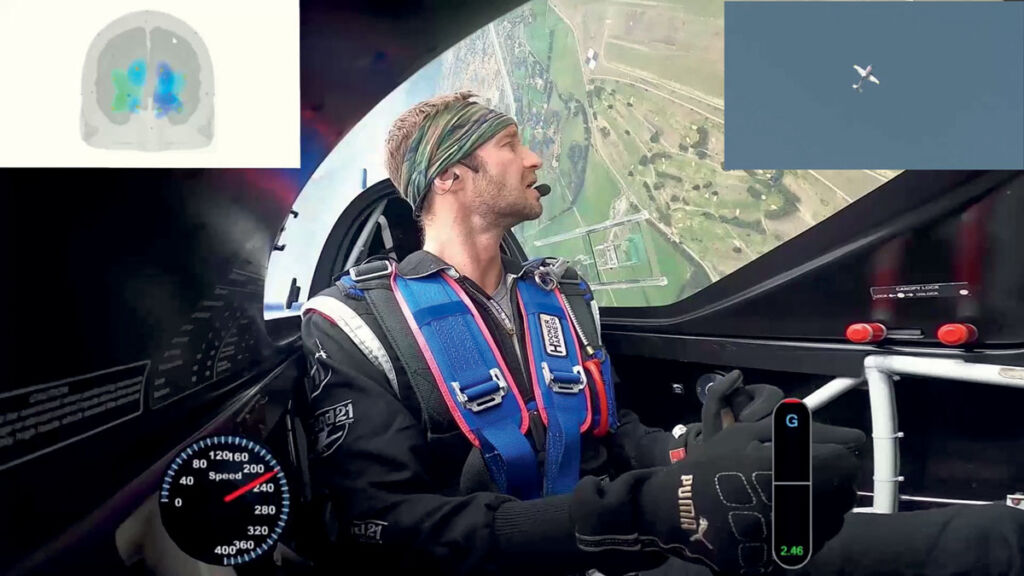[LUM#17] The sky's the limit
Monitoring the operational status of pilots using a sensor capable of measuring their brain activity in real time is the promise made by start-up Semaxone. A high-flying project to improve safety and performance in civil and military aviation.

At takeoff is Guilhem Belda1*, a computer engineer with a passion for aeronautics. His favorite subject? Ergonomics, or how to ensure that a "complex system," such as an aircraft in flight, adapts in real time to the human piloting it. The young engineer has devised a technology that has propelled him into the world of entrepreneurship: "a sensor and algorithms capable of analyzing pilots' voices and brain activity to monitor their operational and physiological status in real time."
The diversity of skills required makes it clear to Guilhem Belda that this flight will not happen without a solid crew. For voice analysis, he calls on the Avignon computer lab. All that remained was to find a third co-pilot, and the Mines d'Alès incubator acted as the control tower, directing him toEuroMov Digital Health in Motion, where Stéphane Perrey, a neurophysiologist specializing in measuring brain oxygenation and its impact on our cognitive performance, works.
Pilot study
For the past 10 years, Stéphane Perrey has been using an optical method called near-infrared spectroscopy, or NIRS. "This process quantifies the oxygenated and non-oxygenated portions of hemoglobin in brain tissue using LEDs that emit infrared light at two specific wavelengths. It's a bit like when your oxygen saturation is measured with a clip on your fingertip," he explains. Semaxone's flight plan is ambitious: to measure, in flight, the impact of altitude and successive accelerations on pilots' cerebral oxygenation and, therefore, on their decision-making abilities in stressful situations.

"This is highly innovative work that is of great interest to the aeronautics sector," emphasizes Guilhem Belda. To conduct this study, the partners designed a device similar to a headlamp and managed to equip the pilots of the French aerobatic team, including the world champion. " During these flights, they are subjected to a series of gravitational forces of + or – 10 G, " explains Stéphane Perrey, "extreme conditions that impact brain function and can pose a risk of syncope." This is a risk that Semaxone technology can prevent by providing real-time alerts on the pilot's neurophysiological state.
Flight return
Prevent, yes, but prevent whom and how? Should it be connected to the cockpit and transmit information directly to the pilot, with the risk of overloading them? Should a third party be involved? "This is an industrial issue that has not yet been resolved and involves different certifications. We need to know what we want to do with it and in how long," says the entrepreneur. In the short term, the sensor could be used as a flight feedback tool "for regulatory purposes, so that pilots can train to better control these situations. We're talking about neurofeedback," explains Stéphane Perrey.
In the longer term, Guilhem Belda is working with certain manufacturers to design smart aircraft capable of adapting to the pilot. "We are thinking about ergonomic adjustments that would highlight certain information or limit the influence of acceleration." Anything is possible—the sky's the limit!
Discover Semaxone's drivers in this video presenting the projects of the EuroMov Digital Health in Motion research unit:
Find UM podcasts now available on your favorite platform (Spotify, Deezer, Apple Podcasts, Amazon Music, etc.).
- EuroMov DHM (UM, IMT Mines Ales) ↩︎